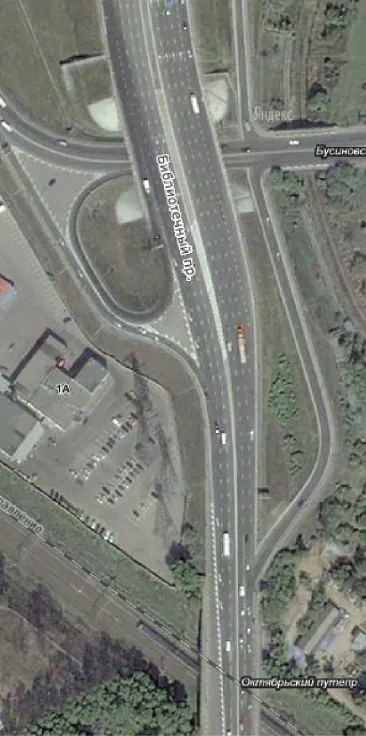Russia’s Ministry of Economic Development, Rusnano, the Federal Highway Agency, Governments of Moscow, the Tatarstan Republic (Volga), and the Ryazan region (Central) are planning to invest US$3.13 billion in a pilot project for innovative infrastructure projects. Called Innovative Roads, this joint federal pilot project is intended to increase road service life by three-five times, cut energy consumption for roads by 10-15 times, and lower the weight of bridges and barriers by three times. Inventory of roa
January 25, 2013
Read time: 1 min
Russia’s Ministry of Economic Development, Rusnano, the 2865 Federal Highway Agency, Governments of Moscow, the Tatarstan Republic (Volga), and the Ryazan region (Central) are planning to invest US$3.13 billion in a pilot project for innovative infrastructure projects. Called Innovative Roads, this joint federal pilot project is intended to increase road service life by three-five times, cut energy consumption for roads by 10-15 times, and lower the weight of bridges and barriers by three times. Inventory of road signs will be held. Energy-saving lighting facilities, including LED lamps will be installed while new materials will be used for road construction. Traffic control systems based on the GLONASS satellite network will be introduced and a tender process will be announced after technical specifications for Innovative Roads policy have been developed. The best projects will be implemented in the Republic of Tatarstan, Moscow, and the Ryazan region.









